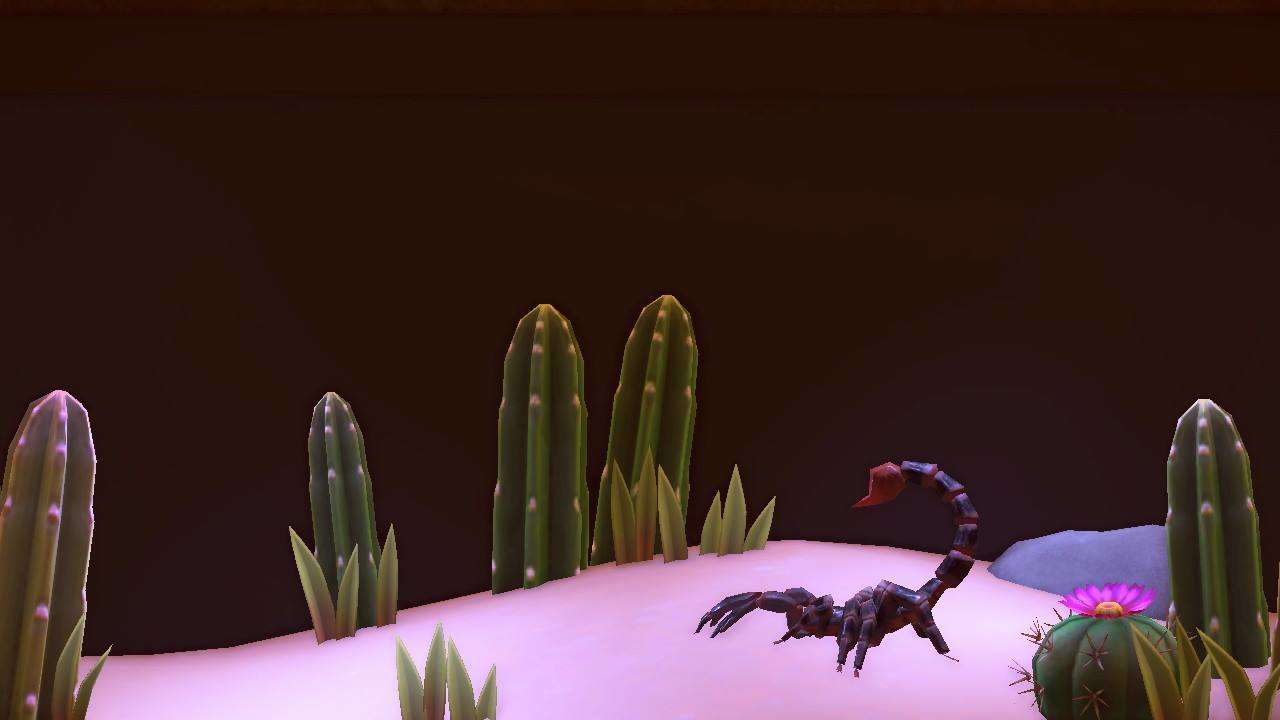Tiny pendulum may reveal gravity’s secrets

Is that a pendulum in your pocket? —
Gravity and quantum mechanics may influence each other as tiny pendulum swings.
Chris Lee
– Jun 26, 2020 5:48 pm UTC
Gravity is, at heart, a mystery. Yes, we can talk about curvature of space-time and perhaps make analogies with stretched rubber sheets. But we don’t know why mass causes space-time to curve.
To put it another way, in our theory of gravity, matter is the scenery and space-time is both cast and stage crew. But matter’s behavior is described by quantum mechanics, which takes space and time as a given. For quantum mechanics, space and time are the stage in which matter puts on the best show ever. How do we get these two theories to put on just one play?
Perhaps this is why the two theories simply do not get on—no show can have two lead actors, right? We may finally get to find out thanks to a new experimental device that may make it possible for both gravity and quantum mechanics to play lead roles.
Uniting gravity and quantum mechanics
Physicists think that it must be possible to unite gravity and quantum mechanics: a common theory from which floweth the sweet sap of quantum mechanics and the slightly mind-bending nectar of general relativity. The problem is that theories are built on data, and we have very little data about how quantum mechanics is modified by gravity (or vice versa).
Observations of quantum mechanics and gravity being simultaneously important are difficult because of scale. When the forces that govern quantum mechanics are important, gravity is incredibly weak. At the other end of the scale, gravity dominates over very long distances, while quantum effects vanish entirely at these distances. It may be that the only the event horizon of a black hole provides a natural experiment where you might observe quantum mechanics working alongside gravity. Luckily, there aren’t any nearby black holes that allow us to make detailed observations.
The alternative is to create our own hardware where we can directly observe quantum behavior being modified by gravity. Apart from the technical difficulties, this also has a downside: the gravitational effects will be Newtonian in nature and probably subject to the vagaries of the Earth’s mass distribution. It will take some top-class modeling to show that any observed deviation from predictions is due to new physics. Nevertheless, researchers are building experiments that may at least provide data.
Shh, pendulums oscillating
How do we get that data? Essentially, we need a giant and massive object that also has observable effects on a quantum system. This is exactly what the researchers are on the way to creating. It’s a pendulum, but not just any pendulum.
An ordinary pendulum—a mass on a string—will quickly slow to a stop if not given an input of further energy. Even in a vacuum, the pendulum’s string will bend and flex, dissipating its momentum. Likewise, the connections between the string and the mass, and the string and the support frame, will also bend and flex. These imperfections don’t just absorb energy from the swinging motion, they also give it back, usually at the wrong time, shifting the pendulum’s swinging motion. The result is that the pendulum’s motion is not perfectly predictable. These imperfections can be incredibly small, but they’re enough to wash out the influence of quantum mechanics.
To make a nearly perfect pendulum, the researchers welded a small silicon disc (3mm in diameter) to a fine glass fiber, which was then welded to a large glass block. The fiber drawing process and the welds were the critical steps. By paying attention to how the fiber is drawn, the researchers were able to create a 5cm long, 1µm diameter fiber that was highly uniform. The welds (as opposed to glue or clamping) provide the sort of stiff attachment that does not flex very much. To give you an idea of just how good this pendulum is, once set in motion, it was still in motion 15 hours later without any additional energy. If it had been glued and clamped, that time would be just two to three hours.
Fire up the photon cannon
The pendulum itself is not a quantum object. But it’s operating at the interface where gravity and quantum mechanics can play together. The pendulum’s natural motion is given by the laws of gravity (Newtonian gravity, in this case). But the silicon disc is an excellent mirror: it can be pushed around by light.
The basic idea is that as the mirror swings, it will also bump into photons and reflect them. That reflection gives the mirror a kick. If the mirror is moving toward the incoming light, the kick will slow it down; if the mirror is moving away from the incoming light, the kick will speed it up. This is only observable for very clean mechanical oscillators, like the one that the researchers have built.
The quantum mechanics of these interactions are very well understood, and the measurements are very precise. The oscillator’s properties are given by gravity, so any deviations may be attributable to deviations from Newtonian gravity. As I said above, though, this is going to need some mighty good modeling of both quantum and gravitational aspects of the whole system.
In the next couple of years, the researchers will build up the optical setup to allow them to drive and measure the pendulum with high-precision lasers. After that, the real fun will begin, and we may get to see the rising photon meet the falling graviton.
Physical Review Letters, 2020, DOI: 10.1103/PhysRevLett.124.221102 (About DOIs)




